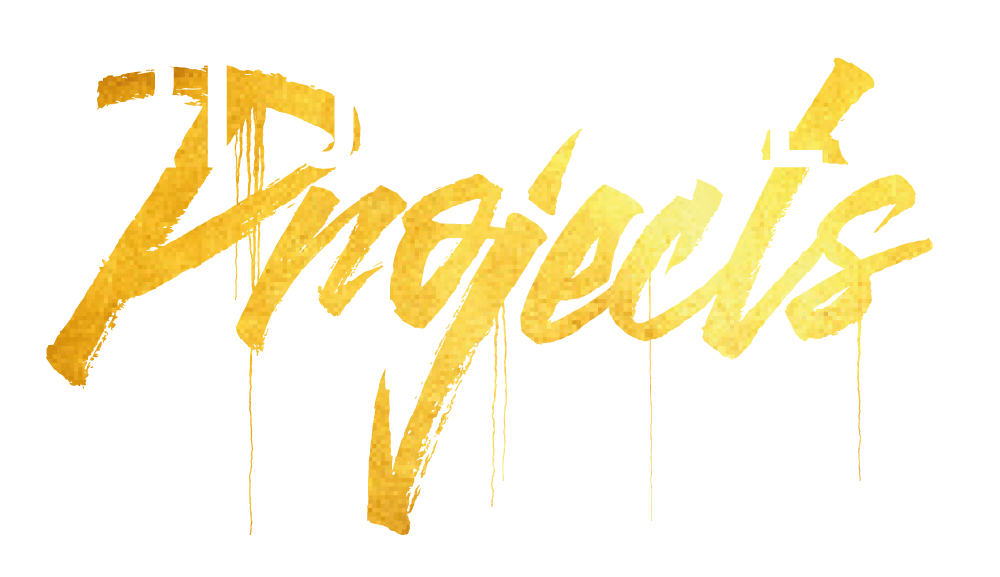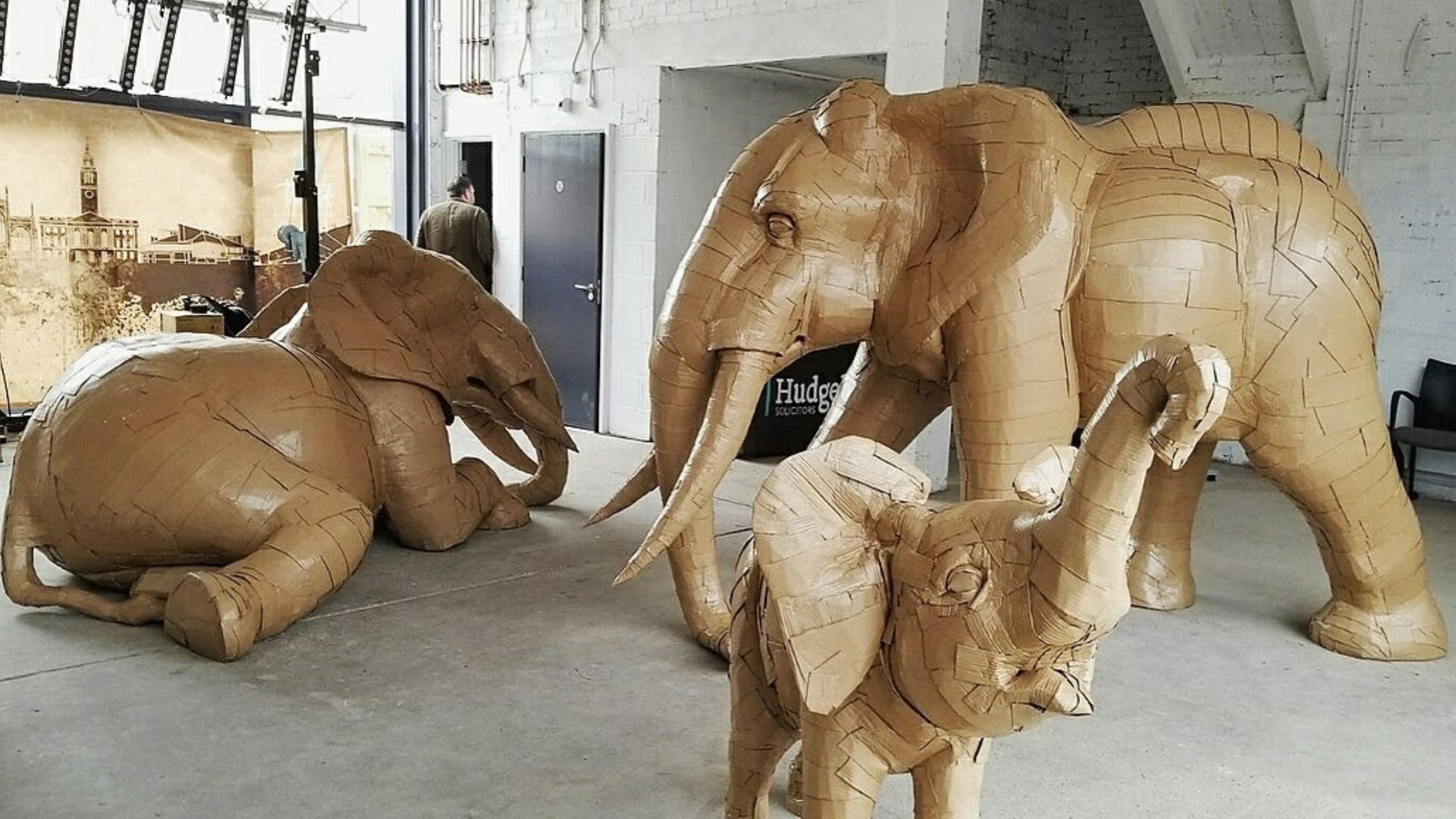What Defines the Legacy of Art?
In the art world, we throw around words like value, worth, and legacy like we understand what they mean. Perhaps we think we do, but perhaps…not. We highlight the importance of a collection or individual work of art so very easily, but what does it actually mean? What the hell does any of it mean?!
How does art actually create an impact on our collective memory, while we use it to reflect on the social impact, as well as the positive and negative spaces within the world as we currently know it?
Anyone who has heard me (Jeff Clark) speak will have heard me say that art can create history, and equally, history is recorded by art. Art ebbs and flows, evolving over the years, going through movements and pivotal periods which we get taught through our academic years while learning very little about the actual craft itself. However, it raises the question of how art is created and how it makes its way into the public eye. How and who pays for it, and who actually benefits from it? A whole separate thought process could be written on the private vs public funding bodies, and who actually commissions what.
The art world is a messy and often grimy place. A place where people earn scores of money, and others sell themselves out at a value far too low. But the burning question, and the one on the ends of our tongues as of late is: what defines the legacy of art? And maybe more importantly, who gets to make that definition? People have been postulating this for almost as long as people have been making art, but this word “legacy” has become something of a trend as of late. I think that an artwork’s legacy starts with questions surrounding relatability, and perhaps ends somewhere in the arena of an upscale gallery with an elaborate security system. What is the true legacy of any work of “art”? The piece? The artist? The place it was made? The people it affected? Or the people who know about it, who love it, but who will never get to own it or see it in the flesh? Was it the exclusivity, or the elitism, that perhaps made it truly sought after in the first place? This is a chicken vs egg situation, if you get where I’m going. All of this is quite clearly defined and talked about within the fine art realm. Now enter the newly (well, comparatively) introduced world of public art, specifically, the world of street art.
The sector of street art plays by its own set of rules, but it can be as cut throat and ruthless as its predecessors. Street art is still defining what legacy means, with an impermanence that by its very nature is so fragile and sometimes fleeting.
With funding applications for new urban art projects going in for hundreds of thousands of pounds every week, I question the process, and sometimes whether the money ends up in the right hands. But one unanimous perquisite which I’ve encountered throughout all of the many hurdles to erecting a public mural is: what will the legacy be? Is legacy just a word thrown in for good measure when discussing a project? How can we expect an artist or group to do the job of a council by answering these important yet way to broad and unknown questions? Did DaVinci know what legacy his David would have? Do projects even fund this? And is the brief that is created from public funding really designed for this? How much bureaucracy can an artist actually take? The want to create is real, and of course there must be a governance around how this whole game is played. The want to impact positive change is real also, but the strings attached to it make it more restrictive and less enjoyable, likely stifling the creativity which made the artist a candidate in the first place. Is private funding a better way to go then, especially when working with some of the more niche urban artists, for example?
I have worked within the art world for over twenty years, and with some of the most progressive and interesting artists all over the globe. Very rarely has the journey been straight forward. Perhaps it’s not really suppose to be. Maybe this is how art should be shaped. Or maybe we just make it as difficult as possible to celebrate the success of our fellow creatives, less we were somehow part of its success, like a narcissistic parent sat on the side line.
Of all the many wild and wonderful experiences I’ve had in this art world, I can tell you one thing: art’s true impact upon human consciousness is never really related to its price tag. My best example for this was with a project I worked on with Canadian artist Laurence Vallières titled ‘The Elephant in the Room’ exhibited for Hull City of Culture 2017 and now on permanent display at Hull College. Highlighting homeless in the city. For this project, I helped develop and curate this body of work with the artist, using a very small budget, working with a private commissioner. The work went on to garner a legacy for Hull City of Culture 2017 and is now on display in Hull College. To our delight, we managed to make a bigger splash and with a more positive influence than the prestigious Turner Prize which was happened to also be on display just nearby at the Ferenes Gallery, literarily down the street. A direct comparison of two works of art, one of which “should have” by far had a larger impact with more footfall and had a stronger influence. But that just was not the case. Because, it turns out, people are and I think always will be more gravitated towards authenticity and ingenuity.
Canadian artist Laurence Vallières worked with Moniker Art Fair, Station 16, and Art of Protest Gallery to create the Elephant in the Room Project to shine a spotlight on homelessness in the city of Hull.
Humans will always flock to the original, the profound, the thought-provoking, the non-hurried, the genuine. It is these works, these stories, these hardships, these lessons, that will always carry the true legacy - for days, decades, and perhaps centuries to come. The burning question? What price tag do we require to put on a piece of art to make it last within our memory, leaving a true legacy for those who come after us?
We want to open up this conversation in an effort to hear more voices. Are you a commissioner? An artist? A art lover? We want to know what legacy means to you. Please get in touch with us to share your thoughts.
Words by Jeff Clark

